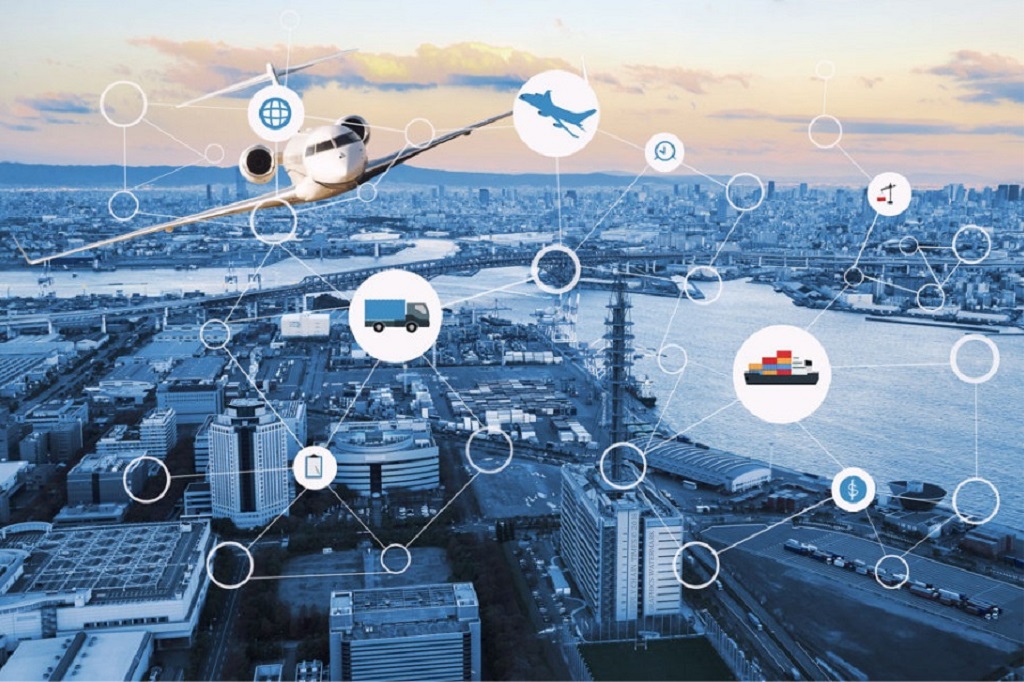As we navigate through the 21st century, the question of energy efficiency and sustainability in transport systems has become increasingly important. This blog post aims to explore the question: which transport system requires energy? The answer, quite simply, is all of them. However, the amount and type of energy required vary significantly across different modes of transport.
- Road Transport
Road transport, including cars, buses, and trucks, primarily relies on fossil fuels like petrol and diesel. The energy requirement of road transport is high due to factors like vehicle weight, engine efficiency, and aerodynamic drag. Electric vehicles (EVs) are emerging as a more energy-efficient alternative, with regenerative braking systems and high-efficiency electric motors.
- Rail Transport
Trains, trams, and metros form the backbone of rail transport. They are typically more energy-efficient than road transport due to lower friction and the ability to carry a large number of passengers or cargo. Electric trains are particularly efficient, converting up to 90% of electrical energy into motion.
- Air Transport
Airplanes are the most energy-intensive mode of transport. They require a tremendous amount of energy to overcome gravity and air resistance. However, advancements in aerodynamics, engine efficiency, and lightweight materials are gradually reducing their energy consumption.
- Maritime Transport
Ships and ferries, while slow, are energy-efficient for long-distance bulk transport. They use heavy fuel oil, which has a high energy content. The energy efficiency of ships can be improved through measures like slow steaming, hull design, and propeller optimization.
- Active Transport
Walking and cycling, known as active transport, require human energy. They are the most energy-efficient modes of transport and produce zero emissions. However, their use is limited by factors like distance, time, and physical effort.
In conclusion, all transport systems require energy, but the type and amount of energy vary. The challenge for the future is to transition towards more energy-efficient and sustainable transport systems. This will involve technological innovations, policy interventions, and changes in user behavior.


